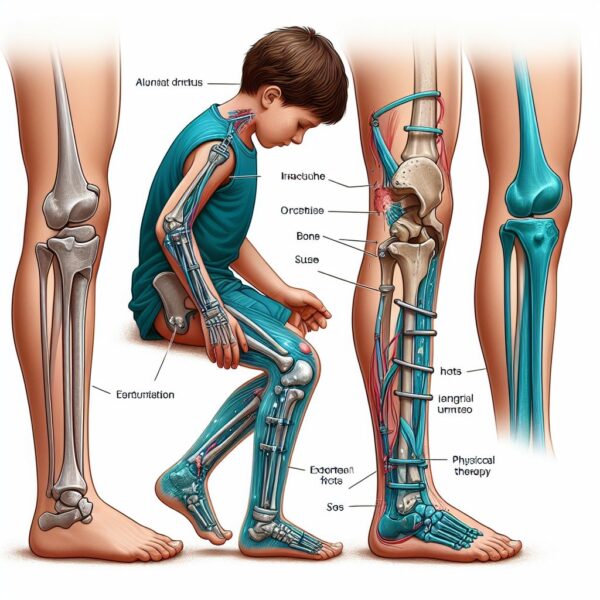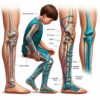

From: 100.00$
The Iran Health Clinic is a reputable medical center that specializes in providing advanced fat transfer treatment to its patients. With a team of experienced doctors who have been trained in the latest fat transfer techniques, the clinic is committed to delivering high-quality care that is tailored to meet the unique needs of each patient.
Using state-of-the-art technology and equipment, the clinic can perform fat transfer procedures that are safe, effective, and minimally invasive. Whether you are looking to restore volume to your face, increase the size of your breasts, or enhance your buttocks, the Iran Health Clinic can help you achieve your desired results.
With a warm and welcoming environment, the clinic strives to make every patient feel comfortable and relaxed throughout their entire treatment process. If you are looking for a trusted medical center for your fat transfer needs, then the Iran Health Clinic is the right choice for you.
Pediatric limb reconstruction involves a series of surgical procedures aimed at correcting congenital, developmental, or acquired deformities and deficiencies of the limbs in children. This comprehensive approach utilizes various techniques, including osteotomies, lengthening procedures, and soft tissue reconstruction, to improve limb alignment, function, and overall quality of life.
The specific procedures for pediatric limb reconstruction vary based on the individual’s needs but may include:
These procedures are often performed in a staged manner, allowing for gradual correction and adaptation of the limb tissues.
Pediatric limb reconstruction is suitable for children who have:
Pediatric limb reconstruction may not be suitable for children who:
Complications associated with pediatric limb reconstruction can include:
Preoperative care for pediatric limb reconstruction involves comprehensive evaluation, including imaging studies to assess the nature and severity of the limb deformity. It also involves optimizing the child’s overall health and addressing any specific medical conditions to prepare for surgery.
After pediatric limb reconstruction, close monitoring is required to manage the healing process, including assessment of bone union, soft tissue healing, and functional adaptation. Physical therapy and exercises are crucial to aid in the child’s recovery and to promote mobility and strength. Long-term follow-up care is essential to monitor limb growth, assess function and mobility, and address any potential complications or issues related to the surgery.
Only logged in customers who have purchased this product may leave a review.
Pediatric limb reconstruction involves a series of surgical procedures aimed at correcting congenital, developmental, or acquired deformities and deficiencies of the limbs in children. This comprehensive approach utilizes various techniques, including osteotomies, lengthening procedures, and soft tissue reconstruction, to improve limb alignment, function, and overall quality of life.
The specific procedures for pediatric limb reconstruction vary based on the individual’s needs but may include:
These procedures are often performed in a staged manner, allowing for gradual correction and adaptation of the limb tissues.
Pediatric limb reconstruction is suitable for children who have:
Pediatric limb reconstruction may not be suitable for children who:
Complications associated with pediatric limb reconstruction can include:
Preoperative care for pediatric limb reconstruction involves comprehensive evaluation, including imaging studies to assess the nature and severity of the limb deformity. It also involves optimizing the child’s overall health and addressing any specific medical conditions to prepare for surgery.
After pediatric limb reconstruction, close monitoring is required to manage the healing process, including assessment of bone union, soft tissue healing, and functional adaptation. Physical therapy and exercises are crucial to aid in the child’s recovery and to promote mobility and strength. Long-term follow-up care is essential to monitor limb growth, assess function and mobility, and address any potential complications or issues related to the surgery.
There are no reviews yet.
Only logged in customers who have purchased this product may leave a review.
Choosing the right hospital and physician are important factors to consider that significantly influence a patient’s treatment. The preferred choice for many patients is choosing private care.
Choosing the right hospital and physician are important factors to consider that significantly influence a patient’s treatment.
Reviews
There are no reviews yet.